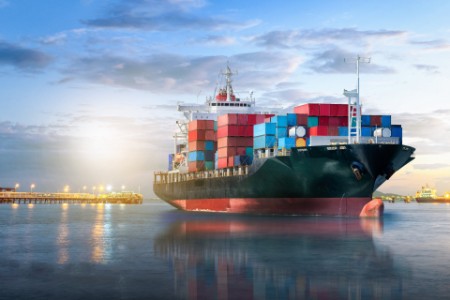Adopting advanced technologies and exploring new business models
The recent disruptions in the supply chain and growing concerns about sustainability have led to an increased global-level adoption of technology-enabled solutions such as blockchain, big data, cloud computing, and digital twins. While the level of adoption is relatively low in India, the government has launched several digital solutions, such as ICEGATE and E-Logs, which have reduced inefficiencies, improved transparency, and made goods movement faster.
Fast-tracking infrastructure development
The Government of India (GoI) has launched several programs such as GatiShakti, Bharatmala and Sagarmala which are aimed at building new infrastructure, such as roads, railways, and ports, among others. To complement these initiatives, measures are being taken to attract private capital and implement administrative reforms to streamline the planning and execution of infrastructure investments.
Attracting investments and investor interest
Traditionally, the Indian government has been the chief proponent and financier of infrastructure development. However, it is increasingly adopting new policies to attract private and foreign investment as levers to fast-track infrastructure development. The National Infrastructure Pipeline (NIP) is one such lever that is expected to raise INR 50 lakh crore (approximately US$650 billion) worth of investment. Although 100% FDI is allowed in most transport infrastructure development initiatives, considerable effort will be needed to bring about the desired impact.
Focus on sustainable logistics
India's shipping and logistics sector is aligning with domestic and global regulations on sustainable practices as well. The sector is taking steps to conform with leading global benchmarks such as Energy Efficiency Existing Ship Index, Carbon Intensity Rating, and Emissions Trading System.
This article is written by Neville M Dumasia, National Leader - Advanced Manufacturing, Mobility and Infrastructure, EY India.



